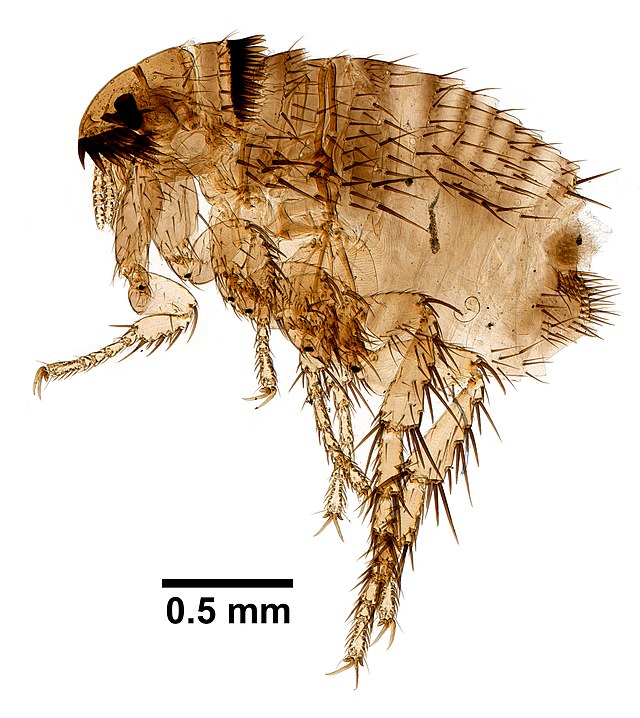Flea infestations can be a persistent and bothersome problem for homeowners, particularly in households with pets. Fleas are tiny, wingless insects that thrive by feeding on the blood of mammals and birds, with pets like cats and dogs often serving as their primary hosts. Due to their rapid reproduction rate—females laying up to 50 eggs per day—a seemingly minor flea presence can quickly escalate into a full-fledged infestation. Infestations can lead to considerable discomfort for both pets and humans, resulting in itching, irritation, and potential allergic reactions. Moreover, fleas can also carry parasites and diseases, increasing the urgency of addressing an infestation promptly.
Effective pest control treatments for fleas typically involve a combination of strategies aimed at breaking the flea life cycle. The first step often includes thorough cleaning—vacuuming carpets, upholstery, and pet bedding to remove fleas at various life stages, including eggs, larvae, and adults. Following this, treatment options such as insect growth regulators (IGRs) can be applied, which prevent flea eggs from hatching and inhibit larval development. Additionally, adulticides are commonly used to eliminate adult fleas. These products can be found in various forms, including sprays, powders, and foggers. It is important to consult with pest control professionals who can recommend appropriate products and methods tailored to specific situations and ensure the safe application of treatments, particularly in homes with pets or young children.
Prevention plays a crucial role in managing flea infestations, as a proactive approach can save homeowners from the headache of dealing with a full-blown problem. Regular grooming of pets, including consistent bathing and brushing, can help reduce flea populations significantly. Installing screens on windows and doors can also help minimize entry points for fleas from the outside. Additionally, maintaining a clean environment through routine vacuuming and washing pet bedding will further discourage flea settlement. For long-term prevention, homeowners can consider using flea control products on their pets, such as topical treatments or flea collars. By staying vigilant and implementing these preventive measures, homeowners can greatly reduce the chances of flea infestations taking hold in their homes.
Disclaimer: This information is for general knowledge and interest only. Consult a pest control professional for specialist and accurate advice.

Typical Flea
Photo by Eric A. Lazo-Wasem
